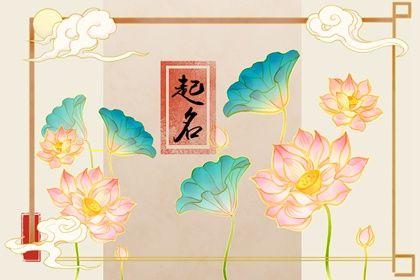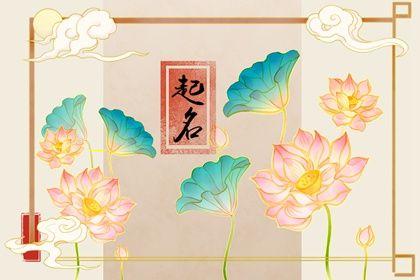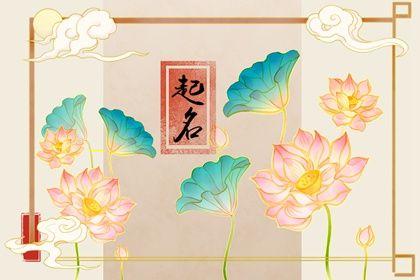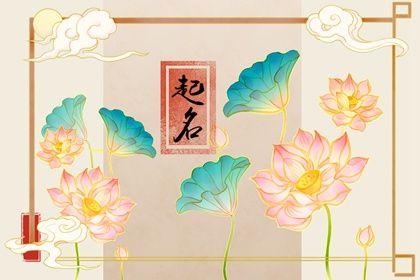如何才能为国画作品起一个好名称呢
- 作者: 胡瑾瑜
- 来源: 投稿
- 2024-11-27
一、如何才能为国画作品起一个好名称呢
为国画作品起名的技巧1. 观察作品内容:
仔细观察画作,注意其主题、意境、构图和用色。
从中提取关键词或意象,作为起名的灵感来源。
2. 借鉴传统文化:国画与中国传统文化息息相关。
可以借鉴诗词歌赋、成语典故、历史人物或神话传说中的元素。
3. 运用比喻和拟人:
通过比喻或拟人手法,赋予作品生动形象的名称。
例如,一幅描绘山水的画作,可以取名为“云海苍茫”或“山舞银蛇”。
4. 考虑作品风格:不同的国画风格有不同的特点。
例如,工笔画讲究精细写实,可以取名“细笔丹青”或“工笔传神”;写意画注重意境表达,可以取名“泼墨挥洒”或“写意山水”。
5. 结合作者情感:国画作品往往寄托了作者的情感和思想。
可以根据作者对作品的理解和感受,起一个富有情感色彩的名称。
6. 避免生僻字和俗语:
起名时应尽量避免使用生僻字或俗语,以免影响作品的欣赏和理解。
选择简洁明了、朗朗上口的名称。
7. 征求他人意见:在起名完成后,可以征求他人意见,集思广益。
不同的视角和建议有助于完善作品名称。
示例:一幅描绘荷花的画作:“荷风送香”
一幅山水画:“云山苍翠”
一幅工笔人物画:“丹青妙笔”
一幅写意花鸟画:“墨韵生香”
一幅表现作者思乡之情的画作:“故乡情怀”
二、如何才能为国画作品起一个好名称呢英文
How to Choose a Captivating Title for Your Chinese Painting
1. Reflect the Painting's Essence:
Consider the painting's subject matter, mood, and style.
Choose a title that encapsulates the painting's core message or emotion.
2. Use Poetic or Figurative Language:
Draw inspiration from Chinese poetry, literature, or idioms.
Use metaphors, similes, or allusions to evoke a deeper meaning.
3. Consider the Painting's Composition:
Observe the arrangement of elements within the painting.
Choose a title that highlights a particular focal point or compositional feature.
4. Reference Cultural or Historical Context:
If the painting depicts a specific event or historical figure, incorporate that information into the title.
This can provide context and enhance the painting's significance.
5. Keep it Concise and Evocative:
Aim for a title that is brief, memorable, and thought-provoking.
Avoid using overly descriptive or generic titles.
6. Seek Feedback from Others:
Share your potential titles with friends, family, or fellow artists.
Get their feedback on which title best captures the painting's essence.
7. Consider the Audience:
Think about the intended audience for your painting.
Choose a title that will resonate with their interests and understanding.
8. Use Chinese Characters:
If possible, use Chinese characters in the title to enhance its authenticity and cultural significance.
Consider the calligraphic style and brushwork that complement the painting.
9. Translate the Title Carefully:
If you choose to translate the title into English, ensure that the translation accurately conveys the original meaning and intent.
Seek assistance from a native Chinese speaker or a professional translator.
10. Be Patient and Experiment:
Choosing a title is an iterative process.
Don't be afraid to experiment with different options and seek inspiration from various sources.

三、如何才能为国画作品起一个好名称呢英语
How to Name a Chinese Painting
Choosing the right name for a Chinese painting is an important part of the creative process. A good name can enhance the painting's meaning and appeal, while a poor name can detract from its impact.
Here are some tips for choosing a good name for a Chinese painting:
Consider the painting's subject matter. What is the painting about? What is the main focus of the composition? The name should reflect the painting's subject matter in a clear and concise way.
Think about the painting's mood and atmosphere. What kind of feeling does the painting evoke? Is it peaceful, serene, joyful, or somber? The name should capture the painting's mood and atmosphere in a way that resonates with the viewer.
Use poetic language. Chinese painting is often associated with poetry, and using poetic language in the name can help to create a more evocative and meaningful title.
Keep it short and sweet. A good name for a Chinese painting should be short and easy to remember. Avoid using long, complex names that are difficult to pronounce or understand.
Get feedback from others. Once you have chosen a few potential names, ask friends, family, or other artists for their feedback. They can help you to choose the name that is most effective and appropriate for your painting.
Here are some examples of good names for Chinese paintings:
"Misty Mountain Landscape"
"Tranquil Lotus Pond"
"Joyful Birds in Flight"
"Somber Winter Scene"
"Dream of the Red Chamber"
These names are all clear, concise, and evocative. They capture the essence of the paintings they represent, and they help to create a sense of mystery and intrigue.
Choosing the right name for a Chinese painting is an important part of the creative process. By following these tips, you can choose a name that will enhance your painting's meaning and appeal.
四、如何才能为国画作品起一个好名称呢图片
如何为国画作品起一个好名称
1. 考虑作品的主题和内容
作品描绘的是什么?它传达了什么情绪或信息?
它有什么独特的特征或元素?
2. 使用象征性或隐喻性的语言
寻找与作品主题相关的象征或隐喻。
例如,一幅描绘竹子的画作可以命名为“坚韧不拔”。
3. 借鉴诗歌或文学从诗歌、散文或其他文学作品中寻找灵感。
例如,一幅描绘山水的画作可以命名为“山高水长”。
4. 使用自然元素考虑作品中出现的自然元素,如花、鸟、山、水。
例如,一幅描绘荷花的画作可以命名为“出淤泥而不染”。
5. 考虑作品的风格和技法
作品的风格和技法可以影响名称的选择。
例如,一幅泼墨山水画可以命名为“墨韵流淌”。
6. 保持简洁和易记名称应简洁易记,避免使用冗长的或复杂的语言。
例如,一幅描绘马的画作可以命名为“骏马”。
7. 征求他人的意见向朋友、家人或其他艺术家征求意见,以获得不同的视角。
他们的反馈可以帮助你完善名称。
示例:作品主题:竹子
象征性语言:坚韧不拔
名称:“竹韵”作品主题:山水
诗歌灵感:“山高水长”
名称:“山高水长”作品主题:荷花
自然元素:荷花
名称:“荷韵”
作品主题:马
简洁易记:“骏马”



